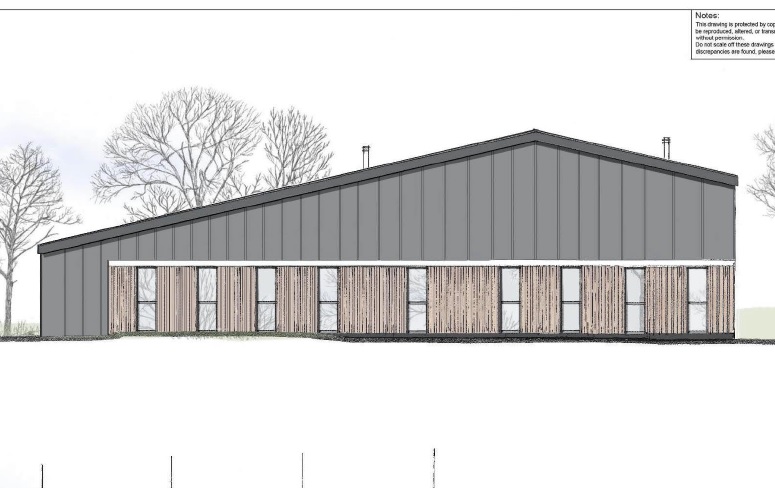Converting Agricultural Barns to Residential Homes: Questions & Answers
News at Fox Grant | 12/02/2016
In April 2014 there was a change to planning legislation which now means that agricultural barns can be changed to residential homes under permitted development rights. It isn't quite as straight forward as it sounds and our expert agents have put together some answers to some of the more frequently asked questions:
1. Q: What changes can I make to an agricultural building under permitted development rights?
A: There are three main uses:
- Flexible use
- Educational use
- Residential use
2. Q: Are there any conditions / restrictions?
A: Yes there are and more details can be found in the The Town and Country Planning (General Permitted Development) (England) Order 2015

3. Q: What is the maximum floor space that can be developed in agricultural barns?
A: 450 m2 within a single established agricultural unit.
4. Q: How many homes can I develop?
A: You can develop 3 new homes per agricultural unit under the permitted development rights.
5. Q: I already have a home within the agricultural barn, will this be included within the 3 homes?
A: Yes if it was created using the permitted development rights on a previous occasion.
6. Q: Are building works permitted when changing agricultural barns to residential?
A: Yes, building works are permitted. The agricultural barn has to be deemed  suitable to function as a dwelling and if it is, under the permitted rights it is possible to install windows, walls, doors, roofs, water, drainage, gas, electricity. Basically anything that is necessary to allow the barn to function as a normal home.
suitable to function as a dwelling and if it is, under the permitted rights it is possible to install windows, walls, doors, roofs, water, drainage, gas, electricity. Basically anything that is necessary to allow the barn to function as a normal home.
7. Q: Are there limitations involved when changing an agricultural barn to a residential home?
A: Yes, there are. Refer to the permitted development rights under Class Q for further information.
8. Q. Do I need to apply to the local council for change of use?
A. Yes, you will need to apply to the local planning authority to determine whether their prior approval is required for change of use. The local authority will look into whether the proposed barn conversion is impractical or undesirable and the impact on highways, noise, flooding and contamination of the site. The local authority may also seek prior approval for the design of the proposed barn conversion.
9. Q. How do I go about seeking prior approval from the local planning department?
10. Q. I don't have my own Agricultural Barn to convert, how can I find an Agricultural Barn to purchase?
 A. Speak to your local land specialists, like Fox Grant Salisbury, Sherborne or Hereford and register your details with them. A good agent will keep you up to date with any potential barns or plots. For further information and advice on converting agricultural barns to residential use or how to seek approval from your local authority please contact one of Fox Grant's expert agents. Fox Grant have made every effort to ensure the accuracy of this information but we cannot accept responsibility for any errors or subsequent alterations. Further information can be found at the Town and Country Planning (General Permitted Development) (England) Order 2015
A. Speak to your local land specialists, like Fox Grant Salisbury, Sherborne or Hereford and register your details with them. A good agent will keep you up to date with any potential barns or plots. For further information and advice on converting agricultural barns to residential use or how to seek approval from your local authority please contact one of Fox Grant's expert agents. Fox Grant have made every effort to ensure the accuracy of this information but we cannot accept responsibility for any errors or subsequent alterations. Further information can be found at the Town and Country Planning (General Permitted Development) (England) Order 2015
